Introduction to IPC-J-STD-001
The Association of Connecting Electronics Industries (IPC) has developed a standard called IPC-J-STD-001 which sets the requirements for the manufacture of electronic assemblies. It is a well-known standard in the electronics industry and is utilized by electronic assembly manufacturers, suppliers, and users across the globe.
The standard explains the necessary materials, methods, and criteria for creating reliable and well-made soldered interconnections and electronic assemblies. It provides suggestions for selecting and utilizing suitable materials, including fluxes, cleaning agents, and solders. The standard also offers instructions for producing and examining electronic assemblies.
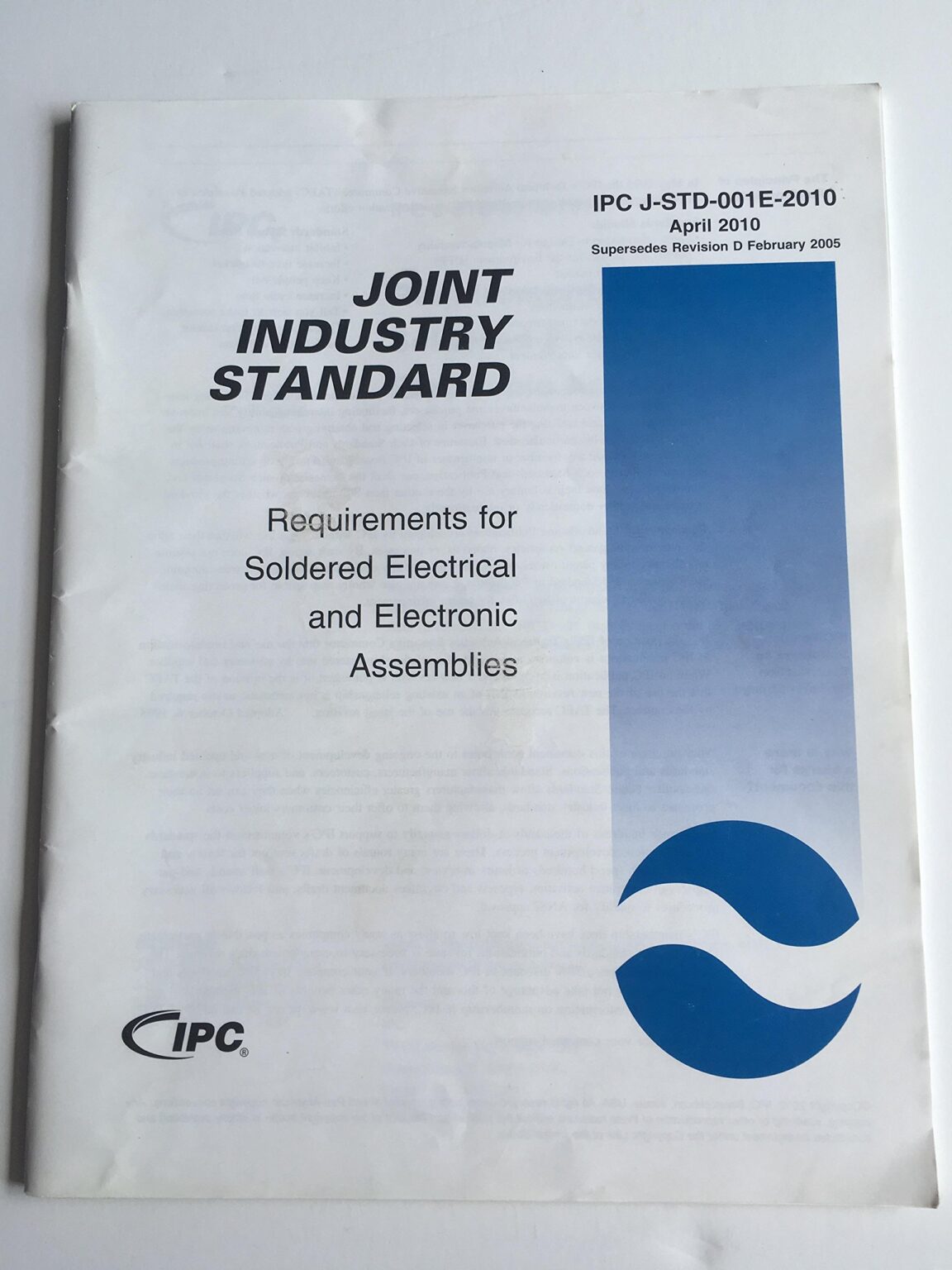
The purpose of IPC-J-STD-001 is to guarantee that electronic assemblies are made with top-notch quality standards and fulfill the performance and reliability criteria appropriate for their designated use. This guideline covers various technologies of electronic assemblies, such as surface mount, through-hole, and mixed technology.
The standard PC-J-STD-001 is regularly updated to keep up with changes in technology and industry practices. The most recent version of the standard is IPC-J-STD-001H, which came out in 2017. It's recommended that electronic assembly manufacturers and users keep up-to-date with the latest revisions of the standard to ensure that they meet the latest quality and reliability requirements.
Requirements for Materials according to IPC-J-STD-001
The IPC-J-STD-001 standard outlines the necessary materials for producing electronic assemblies, including solders, fluxes, and cleaning agents. To ensure the performance and reliability of these assemblies, the standard provides specific requirements for the composition and properties of solders used in different applications. To meet the necessary standards, the alloy composition and amount of flux content are among the requirements that must be fulfilled.
In electronic assembly, flux plays a significant role in eliminating oxides and impurities from soldered surfaces, thus ensuring a reliable solder joint.
IPC-J-STD-001 outlines the specifics for flux composition, properties, activator amounts, and classification.
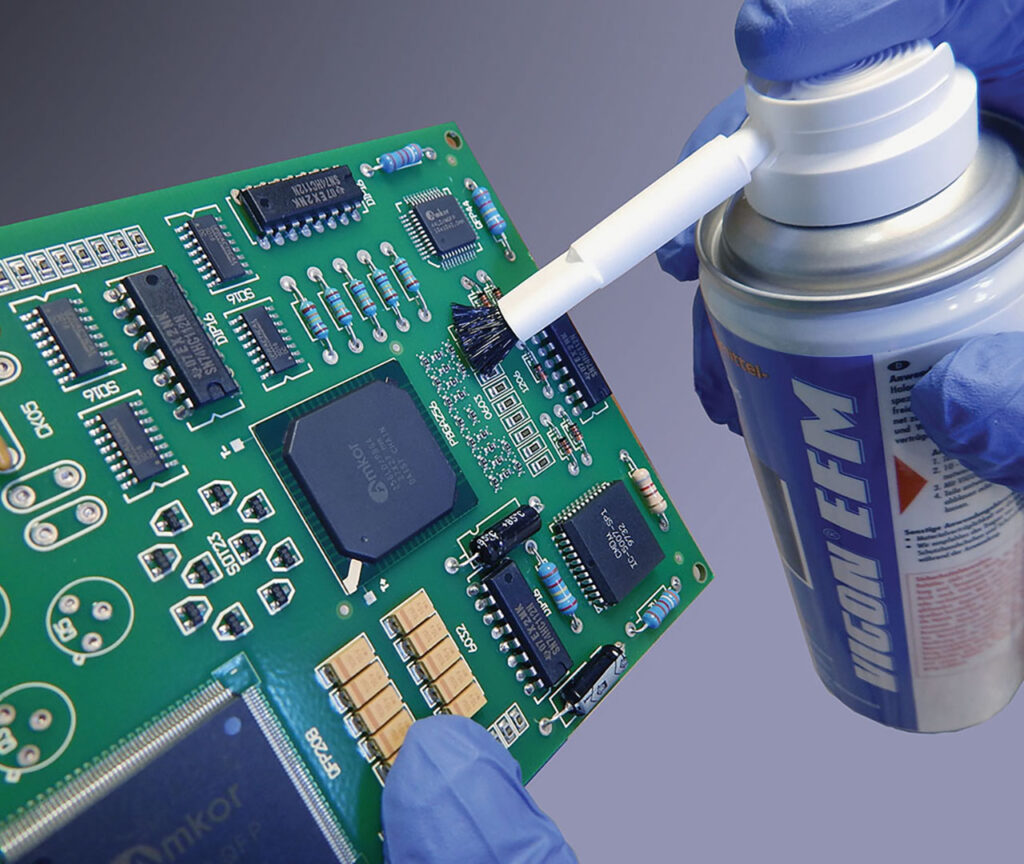
The IPC-J-STD-001 standard includes guidelines for selecting and using cleaning agents, which also cover cleaning agents. To ensure their effectiveness in removing flux residues and other contaminants without damaging the electronic assembly. The standard outlines the necessary properties and characteristics that the cleaning agents must possess.
Fabrication and Inspection Guidelines
IPC-J-STD-001 is a comprehensive standard that outlines the important requirements for fabricating and inspecting electronic assemblies. A broad range of topics are addressed, including workmanship standards to ensure high-quality output as well electrical protection with current limiting circuits - ensuring safe and reliable operation of electronics. Consumers around the world can trust products produced under this guideline, as long as these safeguards are in place.
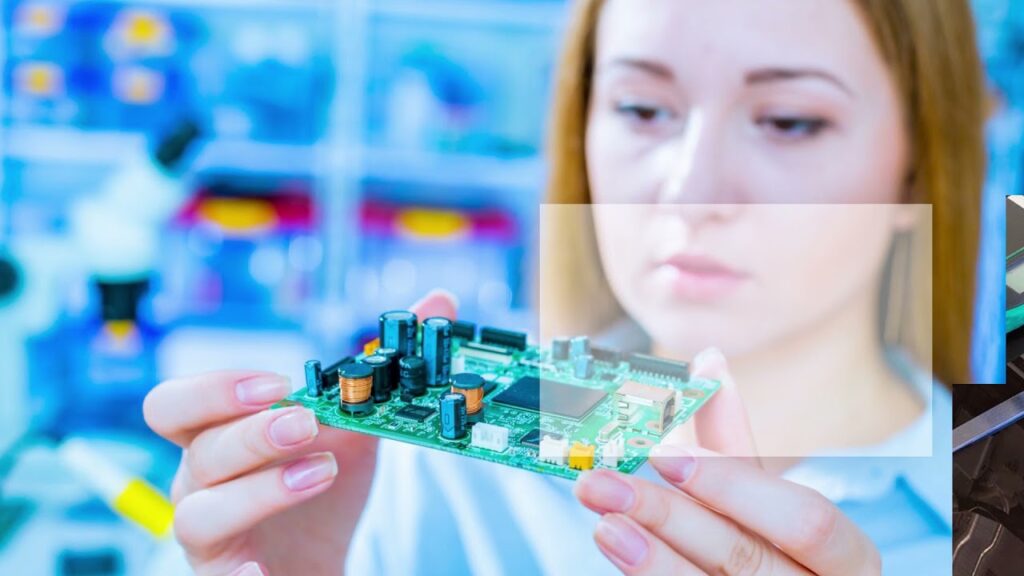
- Process Control: PC-J-STD-001 emphasizes the importance of process control in manufacturing electronic assemblies to the required quality standards. The standard offers guidelines for process indicators, such as solderability testing, to keep track of the manufacturing process's performance.
- Workmanship Standards: The IPC-J-STD-001 outlines workmanship standards for electronic assembly manufacturing. It details the acceptable levels for various aspects of workmanship such as soldering, wire wrapping, and mechanical assembly.
- Inspection Criteria: IPC-J-STD-001 is a set of guidelines that outline how to inspect electronic assemblies. These guidelines establish specific criteria used to determine whether electronic assemblies meet or do not meet the standards. Inspection parameters may include things like solder fillet height, surface finish, and lead protrusion.
- Surface Mount Technology (SMT): The guidelines for the fabrication and inspection of SMT assemblies are provided in IPC-J-STD-001. These guidelines cover various aspects, such as stencil printing, component placement, reflow soldering, and inspection criteria.

- Through-Hole Technology (THT): IPC-J-STD-001 outlines instructions for the production and inspection of Through-Hole Technology assemblies. These instructions encompass hole preparation, inserting components, wave soldering, and inspection criteria.
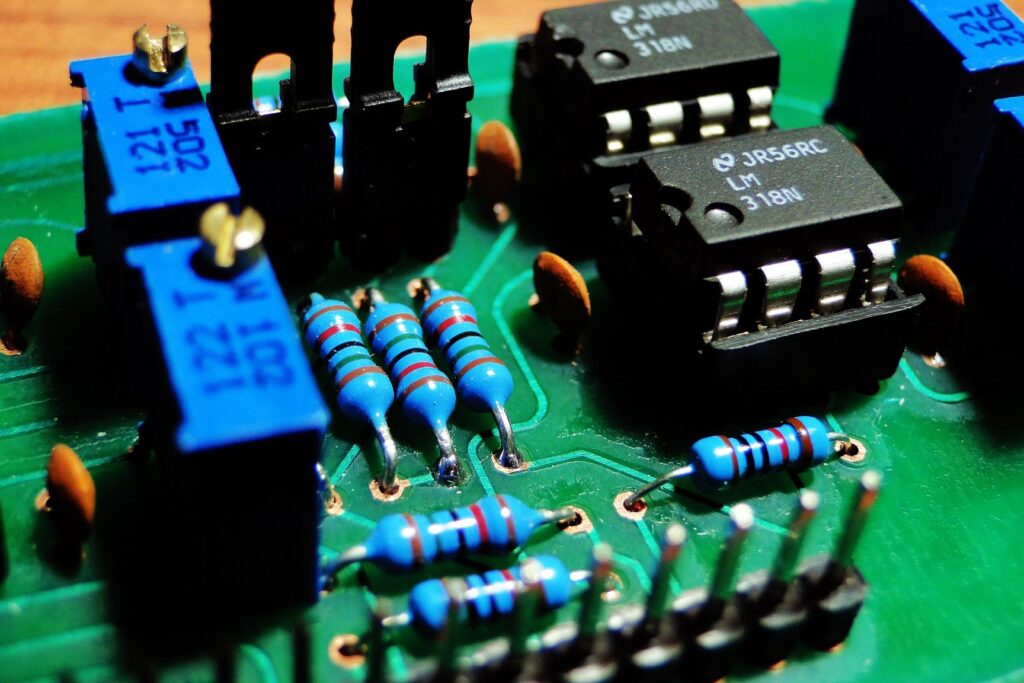
Process Control and Quality Assurance
The standard IPC-J-STD-001 provides guidelines for implementing process control and quality assurance measures in electronic assembly manufacturing. It emphasizes the significance of adhering to quality standards by implementing effective measures. Key points covered by the standard include process control and quality assurance.
- Process Control: IPC-J-STD-001 is a guide for manufacturers in implementing process control measures to maintain the required quality standards. The utilization of process indicators, including solderability testing, is specified by this standard to monitor manufacturing process performance.
- Quality Assurance: The IPC-J-STD-001 standard gives guidance on how to guarantee that electronic assemblies meet the necessary performance and durability standards through quality assurance measures. This includes using inspection and acceptance/rejection criteria to ensure that the electronic assemblies adhere to the required quality standards.
- Training and Certification: PC-J-STD-001 highlights the significance of training and certification for personnel involved in electronic assembly manufacturing.
This standard offers guidance for instructors, operators, and inspectors on how to acquire the necessary knowledge and skills to fulfil their duties proficiently.
- Documentation: The IPC-J-STD-001 standard outlines the rules for documenting the production processes and quality assurance procedures of electronic assemblies. It stresses the significance of maintaining precise and comprehensive records to establish traceability and facilitate efficient troubleshooting.
- Continuous Improvement: The PC-J-STD-001 standard advises manufacturers to continuously improve the quality and reliability of their electronic assemblies. To achieve this, the standard recommends using tools like statistical process control (SPC). Those are to monitor and enhance the manufacturing process performance over time.
Conformance and Certification according to IPC-J-STD-001
IPC-J-STD-001 provides guidelines for conformance and certification in electronic assembly manufacturing. The standard outlines the requirements for complying with the standard and provides certification guidelines. The standard covers some of the main points, which are as below:
- Conformance: The IPC-J-STD-001 standard outlines the necessary guidelines for meeting the requirements of electronic assembly manufacturing processes, materials, and workmanship. Following these guidelines ensures that electronic assemblies meet the required standards for performance and reliability
- Acceptance and Rejection Criteria: The IPC-J-STD-001 standard gives instructions for determining whether electronic assemblies are acceptable or not. To make this determination, the standard lists various characteristics that need to check, such as solder height, surface finish, and lead protrusion.
- Certification: The IPC-J-STD-001 standard provides certification guidelines that outline the minimum knowledge and skills required for certification, the process for certification, and the renewal process.
- Auditing: The standard IPC-J-STD-001 outlines guidelines for manufacturers to follow, and requires auditing to ensure compliance. It also provides instructions for conducting audits as a part of the certification process.
- Renewal: The certification renewal requirements for IPC-J-STD-001 are specified in the standard. To maintain certification, it is important to keep up-to-date with the necessary knowledge and skills, and the standard provides guidance for the renewal process.
IPC-J-STD-001 is a set of guidelines that electronic manufacturers follow to make sure their products meet performance and reliability standards. The standard outlines the minimum requirements for manufacturing processes, materials, and workmanship. Moreover, has rules for acceptance and rejection criteria, certification, auditing, and renewal.
Common Non-Conformities according to IPC-J-STD-001
Non-conformities are deviations from the requirements specified by IPC-J-STD-001, and they can result in electronic assemblies that do not meet the required performance and reliability standards. Here are some common non-conformities that may be encountered in electronic assembly manufacturing:
- Insufficient Solder Fillet: Insufficient solder fillet is a common non-conformity that can result in a weak joint and poor electrical contact. Insufficient solder or improper soldering techniques are common causes of solder bridges, which result in non-conformities.
- Solder Bridges: When solder creates a connection between two adjacent conductors, it results in a non-conformity known as a solder bridge.
This can result in a short circuit and affect the performance and reliability of the electronic assembly.
- Excessive Solder: Excessive solder is a common non-conformity that can result in a bulky and uneven joint. Excessive solder or improper soldering technique may cause this non-conformity.
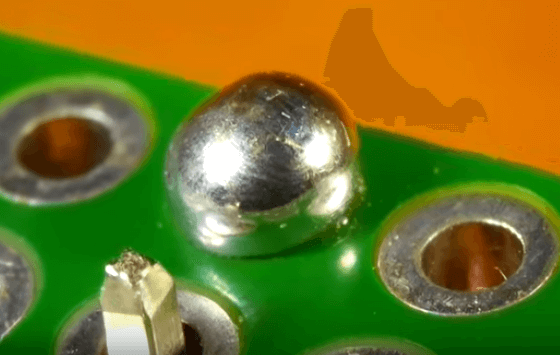
- Component Damage: Component damage is a non-conformity that can occur during handling, assembly, or rework. This non-conformity can result in the failure of the electronic assembly and may be caused by improper handling or assembly techniques.
- Misalignment: Misalignment is a non-conformity that can occur during assembly and can result in a weak joint or poor electrical contact. Improper placement or alignment of components may cause this non-conformity.
- Incorrect Component Orientation: Improperly orienting components during assembly can result in weak joints or poor electrical contact, which is considered a non-conformity.
- Incomplete or Inadequate Documentation: Incomplete or inadequate documentation for electronic assembly can lead to non-conformity, making it difficult to trace the assembly and identify issues caused by incomplete or lacking information on manufacturing processes, materials or workmanship.
Changes in the Latest Revision
The IPC-J-STD-001 standard, first released in 1992, has undergone multiple revisions. The most recent release of PC-J-STD-001, Revision G, occurred in 2021 and incorporates various significant updates.
- New Acceptance Criteria: The latest revision includes new acceptance criteria for through-hole and surface mount components. The new acceptance criteria provide clearer guidelines for inspecting and accepting electronic assemblies.
- Updated Criteria for High-Temperature Solders: The latest update includes new standards for high-temperature soldering, specifically for the automotive and aerospace industries. The basis for these standards is the latest research in the industry, and their objective is to enhance high-temperature soldering techniques.
- Expanded Coverage of Soldering Processes: The updated version now has more information about soldering, including wave, reflow, and selective soldering. These detailed guidelines aim to improve the quality and consistency of soldering.
- New Requirements for Wire Harnesses: The updated version has added fresh requirements related to wire harnesses, such as updated criteria for acceptance and guidelines for testing and inspection.
- New Requirements for Conformal Coatings: The latest update, Revision G, introduces new requirements for conformal coatings. These include updated acceptance criteria and guidelines for inspection and testing.
- Updated Requirements for ESD Control: The updated requirements for ESD control now have new guidelines for testing and monitoring ESD control measures.
Best Practices according to IPC-J-STD-001
Here are some best practices for electronic assembly manufacturers to follow when implementing IPC-J-STD-001:
- Proper Training: Make sure all electronic assembly staff receives adequate training on IPC-J-STD-001 and its requirements. The training should cover topics such as materials, fabrication, inspection, process control, quality assurance, and conformance/certification.
- Documented Procedures: Create a comprehensive record of all manufacturing procedures and processes, covering areas such as materials, fabrication, inspection, and testing. It is important to ensure these procedures are consistently followed and reviewed regularly for effectiveness and opportunities for improvement.
- Quality Control and Assurance: Guaranteeing total customer satisfaction is a top priority! To make sure all of our electronic assemblies are compliant with exact performance and reliability standards, we employ stringent quality control measures - from component inspections to finished product testing.
- Process Control: Make sure to establish dependable process control measures to maintain consistency and reproducibility across all manufacturing processes. This involves keeping track of process parameters and making necessary modifications to guarantee reliable outcomes.
- ESD Control: To prevent damage to electronic components from electrostatic discharge, make sure to utilize proper ESD control measures like ESD wrist straps, mats, and garments.
- Continuous Improvement: It is important to regularly review and analyze manufacturing processes and procedures. This will help to identify areas that could be improved. After identifying these areas, corrective actions should be implemented and the results should be continuously monitored to ensure that there is an ongoing improvement.
- Supplier Management: Make sure that the suppliers providing components and materials for electronic assembly are qualified as per IPC-J-STD-001 requirements. Conduct periodic audits and inspections of their facilities and products.
Conclusion
The IPC-J-STD-001 standard is crucial in maintaining the quality and dependability of electronic assemblies. It outlines detailed guidelines and standards for materials, fabrication, inspection, process control, quality assurance, and compliance/certification. Adhering to this standard and using best practices helps manufacturers of electronic assemblies produce products that meet required performance and reliability standards, fulfill customer expectations, and remain competitive in the market. Manufacturers must keep themselves updated with the latest revisions of IPC-J-STD-001 and improve their manufacturing processes to ensure the quality and reliability of their products amidst the evolving electronic industry and emerging technologies.






